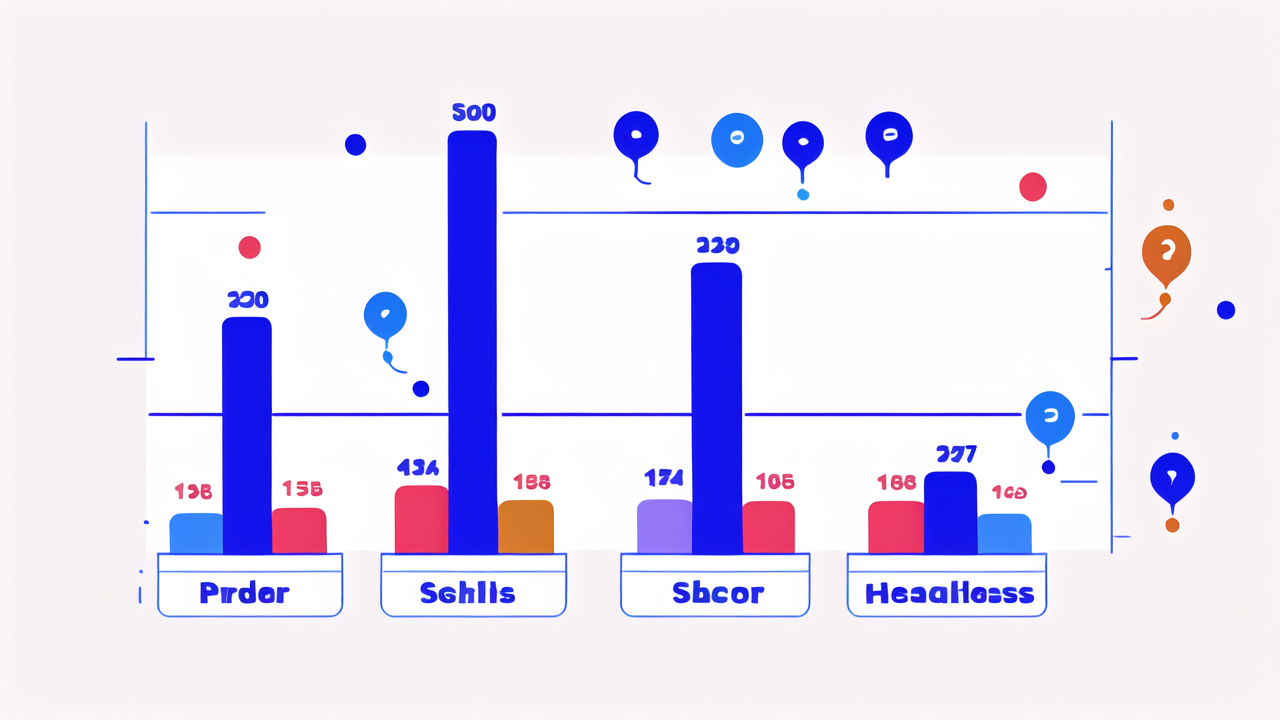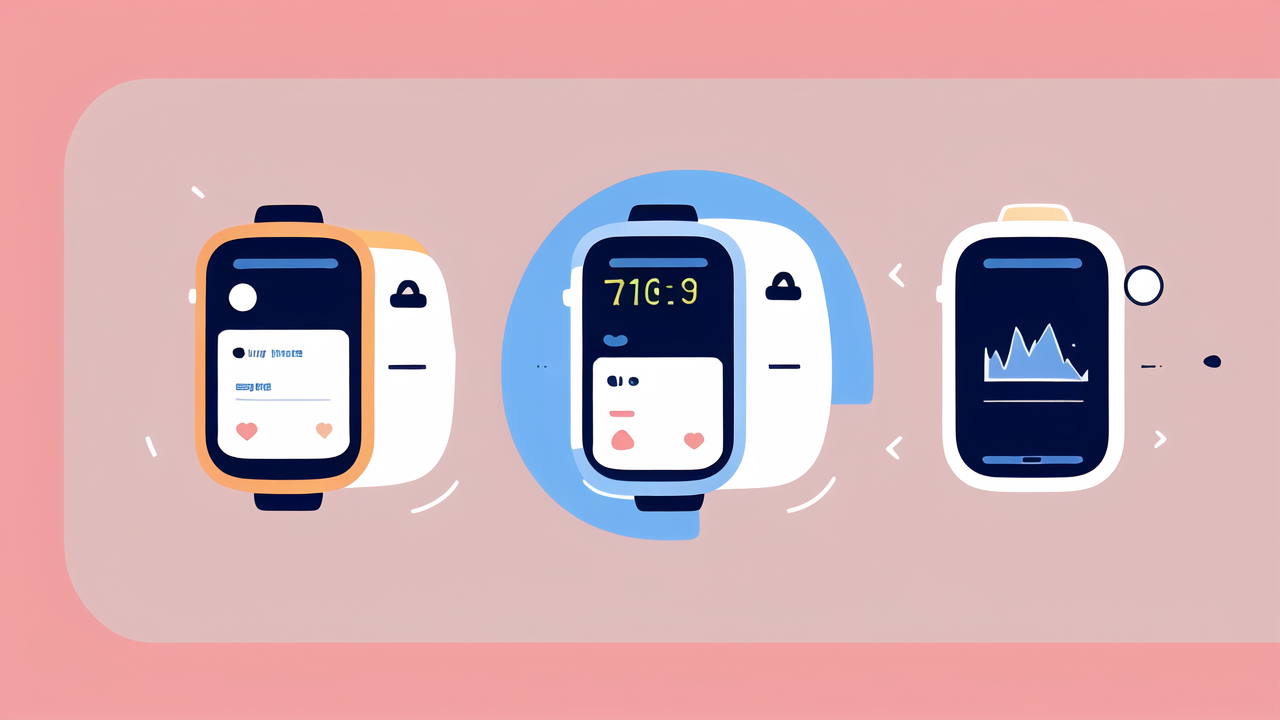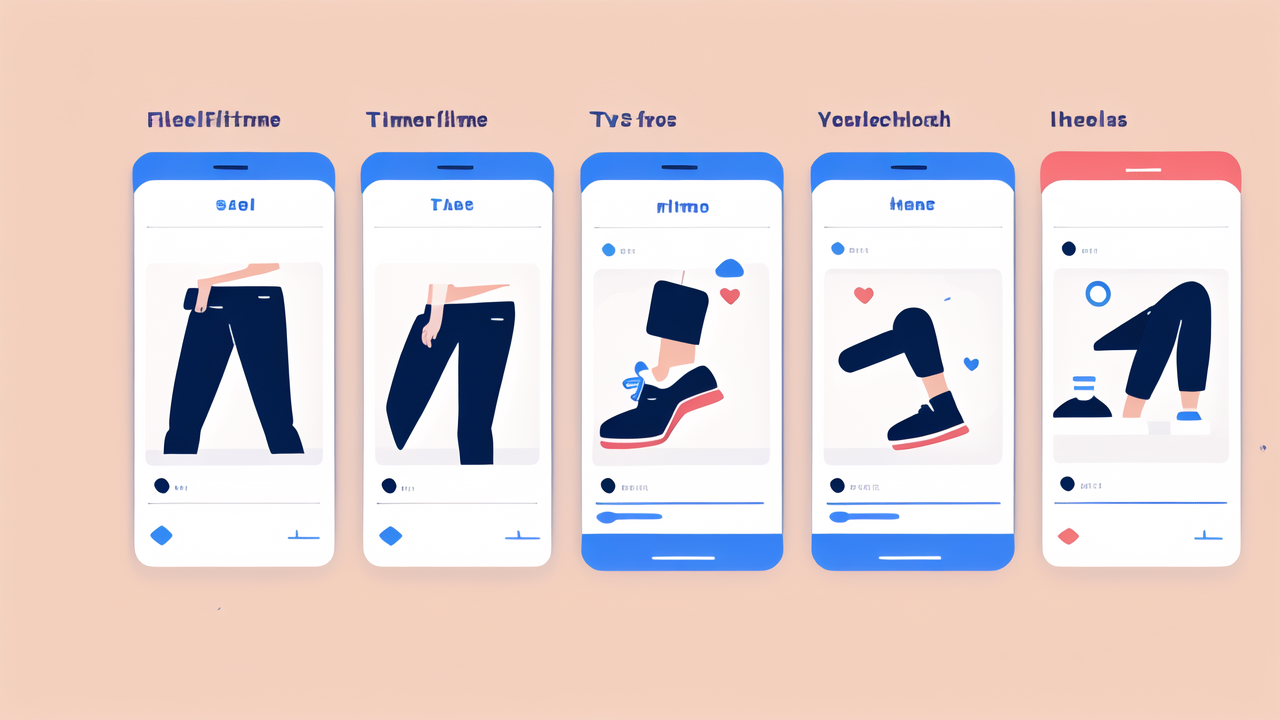Introduction to Body Measurement Tracking Technology
Understanding the Technology Behind Activity Trackers
Activity trackers are small devices worn on the body. They use sensors to monitor various aspects of physical activity. These devices can track steps, heart rate, sleep patterns, and more. Most trackers use accelerometers to detect movement. Some also have GPS for location tracking. Advanced models include heart rate monitors and skin temperature sensors.

Data from these sensors is processed by the device's software. It's then sent to a smartphone app or computer. This allows users to see their activity levels over time. Many trackers also offer features like goal setting and progress tracking. Some can even send alerts to remind users to move or exercise.
The Importance of Activity Tracking in Health and Wellness
Activity tracking has become a key tool in promoting health and wellness. It provides users with data about their daily habits. This information can motivate people to be more active. It also helps in setting realistic fitness goals. Tracking sleep patterns can improve overall health by promoting better rest.
For many, seeing their progress visually is a powerful motivator. It can encourage them to maintain or increase their activity levels. Healthcare providers also benefit from this data. It allows them to better understand patients' lifestyles and make informed recommendations.
Transformative Impact of Activity Trackers in the Fitness Industry
Enhancing Personal Training and Coaching Services
Activity trackers have revolutionized personal training and coaching. Trainers can now access detailed data about their clients' activities. This includes information from outside of training sessions. With this data, trainers can create more personalized workout plans. They can also track progress more accurately.

These devices allow for remote coaching. Trainers can monitor clients' activities without being physically present. This opens up new possibilities for online coaching services. It also makes personal training more accessible to a wider audience. Trainers can provide real-time feedback based on the data from activity trackers.
The Role of Activity Trackers in Workplace Wellness Programs
Many companies now include activity trackers in their wellness programs. These programs aim to improve employee health and reduce healthcare costs. Activity trackers provide a way to measure the success of these initiatives. They also create a sense of community and friendly competition among employees.
Some companies offer incentives for meeting activity goals. This can include reduced health insurance premiums or other rewards. Activity trackers make it easy to verify if employees are meeting these goals. They also provide data that can help companies design more effective wellness programs.
Integrating Tracking Data into Fitness Challenges and Rewards
Activity trackers have made fitness challenges more engaging and measurable. Many apps and platforms use tracker data to create competitive events. These can range from step-counting contests to more complex fitness challenges. Participants can see their progress in real-time and compare it with others.
Some fitness apps offer rewards for meeting activity goals. This gamification of fitness can be highly motivating. It turns exercise into a fun, rewarding experience. Many people find this approach more engaging than traditional fitness programs. It can help maintain long-term interest in staying active.
The Future Landscape of Activity Tracking Devices
Innovations and Trends in Wearable Technology
The future of activity tracking looks exciting. New sensors are being developed to track more health metrics. These include blood glucose levels, hydration, and even stress levels. Artificial intelligence is being integrated into tracking devices. This allows for more personalized health insights and recommendations.

Wearable tech is also becoming more fashionable and discreet. Some trackers now look like jewelry or can be embedded in clothing. This makes them more appealing to a wider range of users. Battery life is improving, allowing for longer use between charges. Some devices are exploring new ways to generate power, like using body heat.
Regulatory Considerations and Privacy Concerns in Fitness Tech
As activity trackers collect more data, privacy concerns are growing. There are questions about who owns the data and how it can be used. Some worry about insurance companies or employers accessing this information. Regulators are working to create guidelines for protecting user data.
There are also concerns about the accuracy of these devices. Some health professionals question the reliability of certain measurements. This has led to calls for more regulation of fitness tech. Ensuring the safety and effectiveness of these devices is becoming a priority.
Preparing for a Healthier Tomorrow: The Expanding Role of Data Analysis
The future of health may lie in big data analysis. Activity trackers generate vast amounts of health data. When combined with other health records, this could lead to new medical insights. Researchers are already using this data to study population health trends. It could help in predicting and preventing health issues.
For individuals, this means more personalized health advice. AI could analyze your data and provide tailored recommendations. This might include early warnings about potential health problems. It could also suggest lifestyle changes to improve overall health. As technology advances, activity trackers may become essential tools in preventive healthcare.




Leave a comment
This site is protected by hCaptcha and the hCaptcha Privacy Policy and Terms of Service apply.